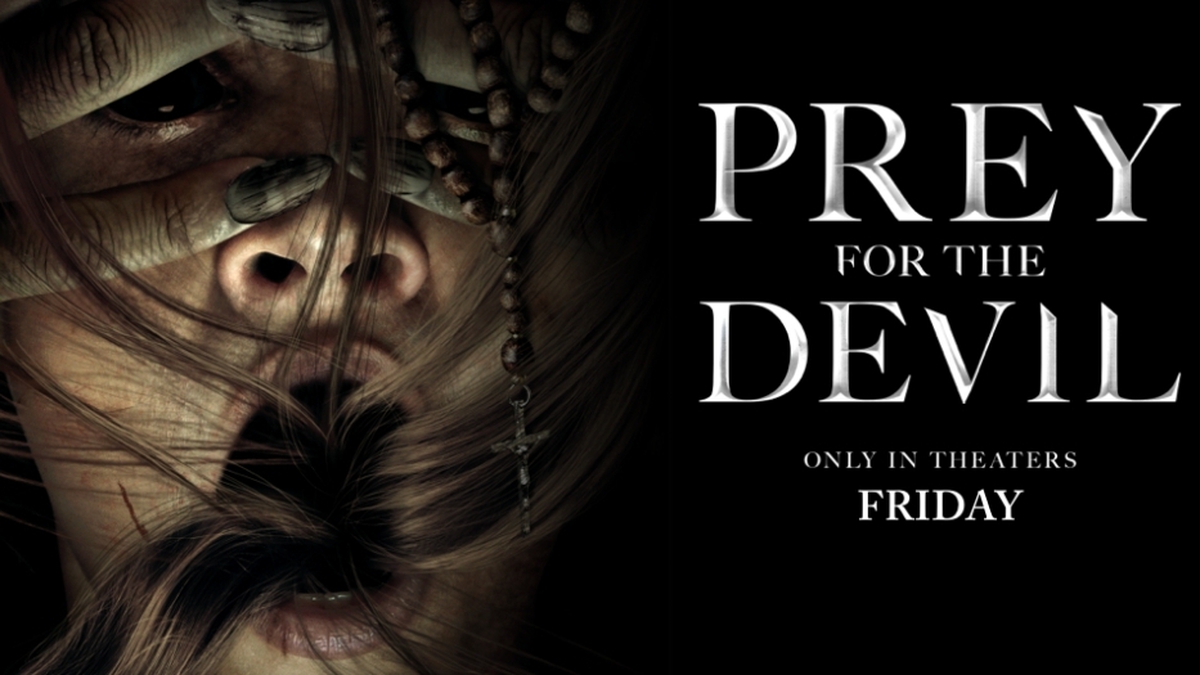“Silence” (2016) – A Harrowing Meditation on Faith and Suffering
Martin Scorsese’s Silence (2016) is a haunting and contemplative historical drama that explores the limits of faith, the nature of suffering, and the silence of God in the face of cruelty. Based on the acclaimed novel by Shūsaku Endō, the film transports viewers to 17th-century Japan during a time when Christianity was violently persecuted by the ruling Tokugawa shogunate. The story follows two young Jesuit priests, Sebastião Rodrigues and Francisco Garupe, played by Andrew Garfield and Adam Driver, as they travel from Portugal to Japan in search of their mentor, Father Cristóvão Ferreira, who is rumored to have apostatized under torture.
Upon their arrival, Rodrigues and Garupe find themselves in the midst of a brutal campaign against Japanese Christians. The so-called “Hidden Christians” live in fear, practicing their faith in secret. The priests minister to them in the shadows, but are quickly forced to confront the terrible cost of devotion. Public executions, crucifixions, drownings, and forced renunciations are the tools used by the Japanese authorities to root out Christianity. One of the film’s most powerful recurring images is the “fumi-e,” a carved image of Christ or the Virgin Mary that suspected Christians are forced to step on to prove their renunciation of the faith.

Central to the story is the character of Kichijirō, portrayed by Yôsuke Kubozuka, a Japanese Christian who repeatedly betrays Rodrigues, only to return begging for confession. Kichijirō’s weakness and need for forgiveness offer a stark contrast to the ideal of steadfast martyrdom. Through him, the film raises profound questions about human frailty and the meaning of repentance.
As Rodrigues endures his own trials, including imprisonment and mental torment, he begins to experience a crisis of faith. His inner monologue is filled with desperation as he pleads with a silent God for answers. The spiritual climax of the film comes when Rodrigues is asked to step on the fumi-e to save the lives of others. In that moment, he hears what he believes is the voice of Christ telling him to trample, not out of denial, but out of love and mercy. It’s a powerful moment that subverts traditional ideas of martyrdom and redefines what faith looks like under extreme pressure.

Scorsese’s direction is subtle and reverent. The film uses long stretches of silence, natural sound, and minimalist music to create a meditative atmosphere. Cinematographer Rodrigo Prieto captures Japan’s misty landscapes and barren interiors with striking precision, enhancing the film’s emotional weight. Andrew Garfield delivers a deeply committed performance, portraying Rodrigues as a man gradually stripped of certainty, pride, and even identity, until only the essence of belief remains.
Although Silence received widespread critical acclaim for its visual and thematic depth, its slow pacing and heavy subject matter made it a demanding experience for some audiences. It’s a film that challenges viewers rather than entertains in the traditional sense.
In conclusion, Silence is a profoundly moving and intellectually rich film about faith, doubt, and the human cost of religious conviction. It stands as one of Scorsese’s most personal and spiritual works—an unflinching meditation on what it means to suffer for belief, and how grace may manifest in the quietest of acts.

-1751860030-q80.webp)

